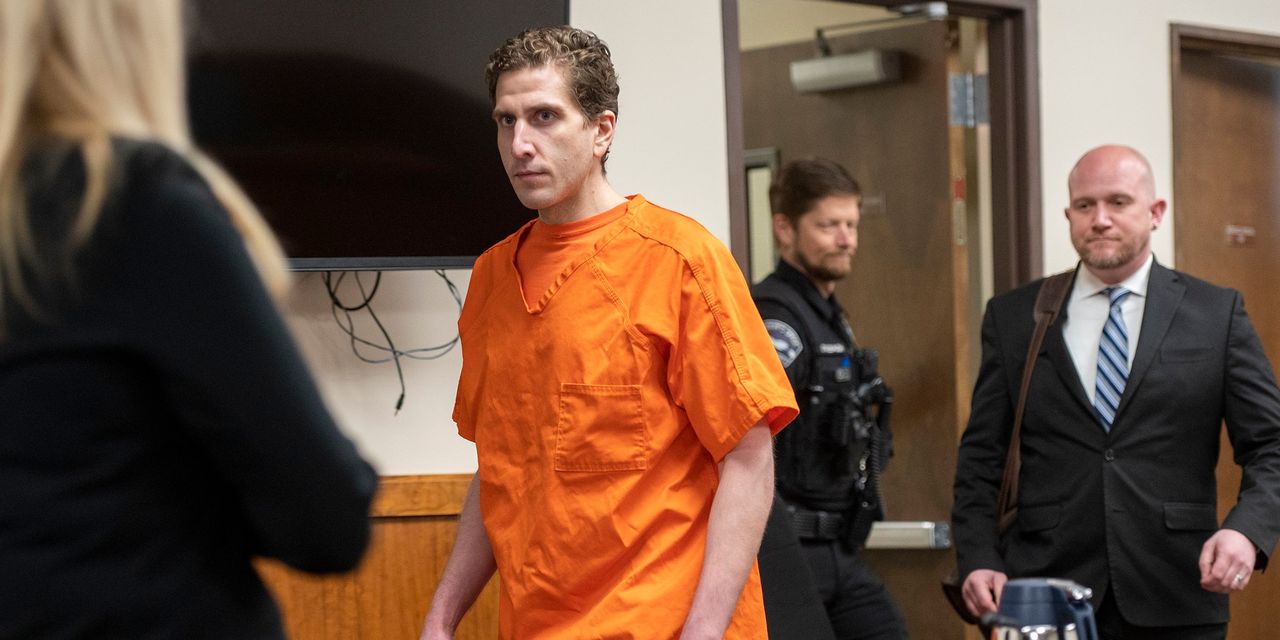The decision of Bryan Kohberger, the defendant in the Idaho murder case, to stand mute during his arraignment raises intriguing questions about the unfolding legal proceedings and the underlying motivations of his defense strategy. As the trial draws near, the anticipation and speculation surrounding the case intensify.
The four college students brutally murdered in their off-campus residence in Idaho are at the heart of this deeply unsettling case. The community remains in shock, grappling with the profound loss and the senseless violence that shattered their peaceful surroundings. However, due to the comprehensive gag order imposed on the case, the specific details of the crime and the evidence against Kohberger have been veiled in secrecy, leaving the public hungry for answers.

The decision to stand mute is a legal maneuver rarely employed but not entirely unprecedented. It places the defendant in an ambiguous position, neither proclaiming innocence nor admitting guilt. By exploiting an Idaho criminal rule that necessitates the judge to enter a not guilty plea on behalf of the defendant in such circumstances, Kohberger and his legal team have created a peculiar atmosphere of uncertainty within the courtroom.
Speculation runs rampant as to the motivations behind this enigmatic defense strategy. One possibility is that by avoiding a specific plea, Kohberger aims to prevent public outrage and criticism that could arise from any stance he takes. A not guilty plea might be interpreted by the public as an evasion of responsibility, while a guilty plea could have its own set of repercussions. Another possibility is that negotiations are occurring behind closed doors, exploring the potential for a plea agreement or some other legal maneuver.
The looming trial, scheduled to commence on October 2, promises to be a pivotal moment in this disturbing case. Over the course of the expected six-week trial, the prosecution will present its case against Kohberger, and the defense will have the opportunity to challenge the evidence and present its own arguments. Throughout this process, the judge and jury will carefully evaluate the facts, seeking justice for the victims and their grieving families.
In the meantime, the prosecution has a critical decision to make within the next 60 days – whether to seek the death penalty for Kohberger. This pivotal choice will undoubtedly shape the course of the trial and have significant implications for the ultimate outcome.
As the trial approaches, the public’s attention remains fixated on this gripping case. It serves as a stark reminder of the devastating impact of senseless violence and the quest for justice in its aftermath. The victims and their families deserve a fair and thorough examination of the evidence, ensuring that the truth is unveiled and accountability is established.
In conclusion, the decision of Bryan Kohberger to stand mute during his arraignment has introduced an air of uncertainty and intrigue to the upcoming trial. With the details of the crime concealed from the public, the motivations behind this defense strategy remain speculative. As the trial unfolds, the world will closely watch as justice is sought for the victims, their families, and the community left reeling from this horrific tragedy.
©world-news.biz
